There cercosporiosis it is a phytopathy caused by the fungal pathogen Cercospora beticola. It is the most serious disease of the chard (from leaves and ribs) and other related crops, such as beetrootsugar beet and spinach. This fungus causes serious damage to plants, seriously affecting the harvest, both from a quantitative and qualitative point of view. To prevent its attack it is necessary to implement adequate agronomic practices. Also, you can make a harder fight by using products whose use is permitted in organic farming.
In this article we see how the beet cercosporiosisthe damage it causes and the biological defense strategies.
What is Beticula Cercosporiosis?
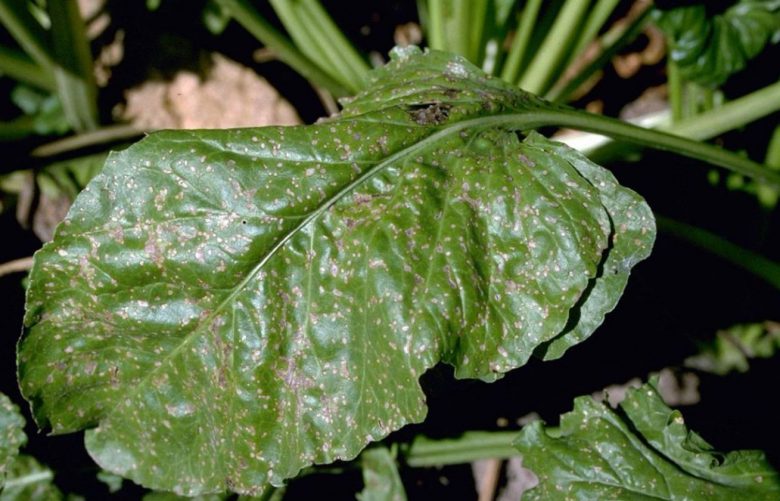
The pathogen that causes beet cercosporiosis is an imperfect filamentous fungus, called Cercospora beticola. This mushroom belonging to the division Eumycota. It is preserved in the environment as a mycelial phase, especially in the residues of infected vegetation, in the soil or in susceptible spontaneous plants near fields (for example amaranth, farinello, plantain etc).
The disease which is particularly serious in hot and humid years. The seasons in which it occurs are mainly late spring and autumn.
Environmental conditions that favor its development
The beet cercosporiosis appears in spring, when there are favorable environmental conditions, i.e. with temperatures above 10-15 ° C (excellent 25-30 ° C) and atmospheric humidity above 70-90%. In these ideal thermometric conditions, the conidia germination phase begins, with the emission of a premicelic tube. This tube enters the plant tissues of plants through the stomata. Subsequently, it develops the actual mycelium responsible for damage to crops in the leaf parenchyma.
The incubation period of the mushroom varies from 1 to 2 weeks and depends, as mentioned, on the environmental conditions.
The conidia, well conveyed by rain, can cause reinfections on the plant, effectively making the effects of the disease prolonged.
Symptoms and damage of chard cercosporiosis
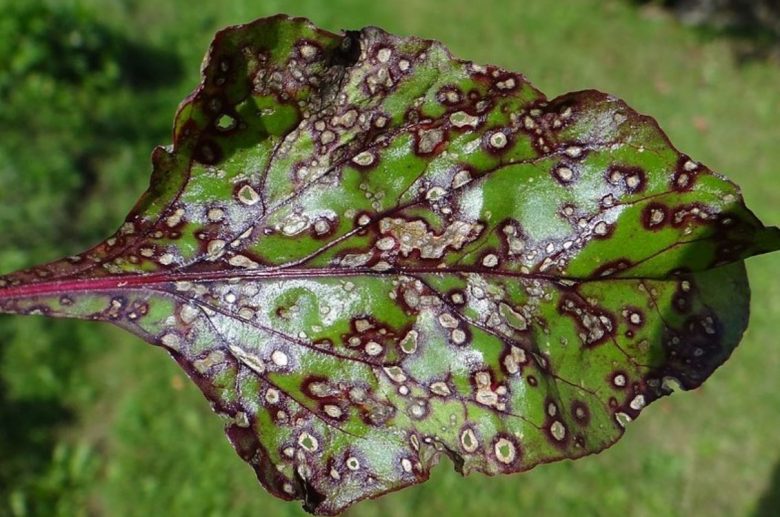
The main symptoms caused by the Cercospora beticola they are visible on the leaves, where characteristic rounded spots of 1-3 mm in diameter appear. These spots lead to leaf necrosis. The easy recognition is due to the typical chromatic alteration of the spot itself, which has a greyish center and an ocher-colored periphery, all surrounded by a brown halo highlighted by the green background of the leaf.
In case of strong attacks, the spots tend to merge, causing drying over large areas, up to affecting the entire leaf. When the leaves necrotize, they seriously compromise the photosynthetic capacity of the plant, which stops the development of both the foliar and root systems, a very serious problem in the case of sugar beet and red carrot.
Finally, it happens that the affected plants push back a new rosette of leaves to compensate for the loss, but often this natural mechanism is not enough to remedy the damage.
How to prevent beet cercosporiosis

To prevent the beet cercosporiosis, adequate agronomic practices are needed, first of all crop rotation. In fact, it is good practice to avoid planting chard and the like for several consecutive cycles on the same parcel of land.
If the fungus strikes, planting should be avoided for at least 2-3 years. There Cercospora beticola it is in fact able to keep very well in the soil, even at a depth of 50-60 cm.
Another fundamental practice to prevent the disease is to remove and destroy infected crop residues. It’s hard work, but if diseased leaves are not removed from the field, we can be sure that the problem will return.
In small gardens, it is advisable to eliminate the very first affected leaves: if we are lucky with the weather, the disease will stop its course.
Finally, it is good to avoid too dense plants, which do not let air circulate among the vegetation. Therefore respect the distances we suggest in our table.
How to eliminate the beet cercosporiosis
The biological defense from the beet cercosporiosis can basically be carried out with the help of two products allowed in bio. The first is the classic copper-based formulations (oxychlorides, hydroxides, Bordeaux mixture). We proceed with a single treatment, to be carried out a few days after the transplant, in a protective function.
The second product, on the other hand, is used before planting and is very interesting: let’s talk about mycorrhizaeor positive symbiont mushrooms for crops, especially those of the genus Trichoderma. These mycorrhizae create a kind of barrier, which protects plants from harmful fungi such as Cercospora beticola. With the inoculation of mycorrhizae the following positive effects are had: greater vigor of the root system; competition of mycorrhiza with the pathogen for space and nutrients; improvement of the microbiological composition of the rhizosphere, with the increased presence of useful microorganisms; activation of the plant’s natural defenses.

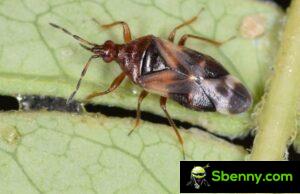

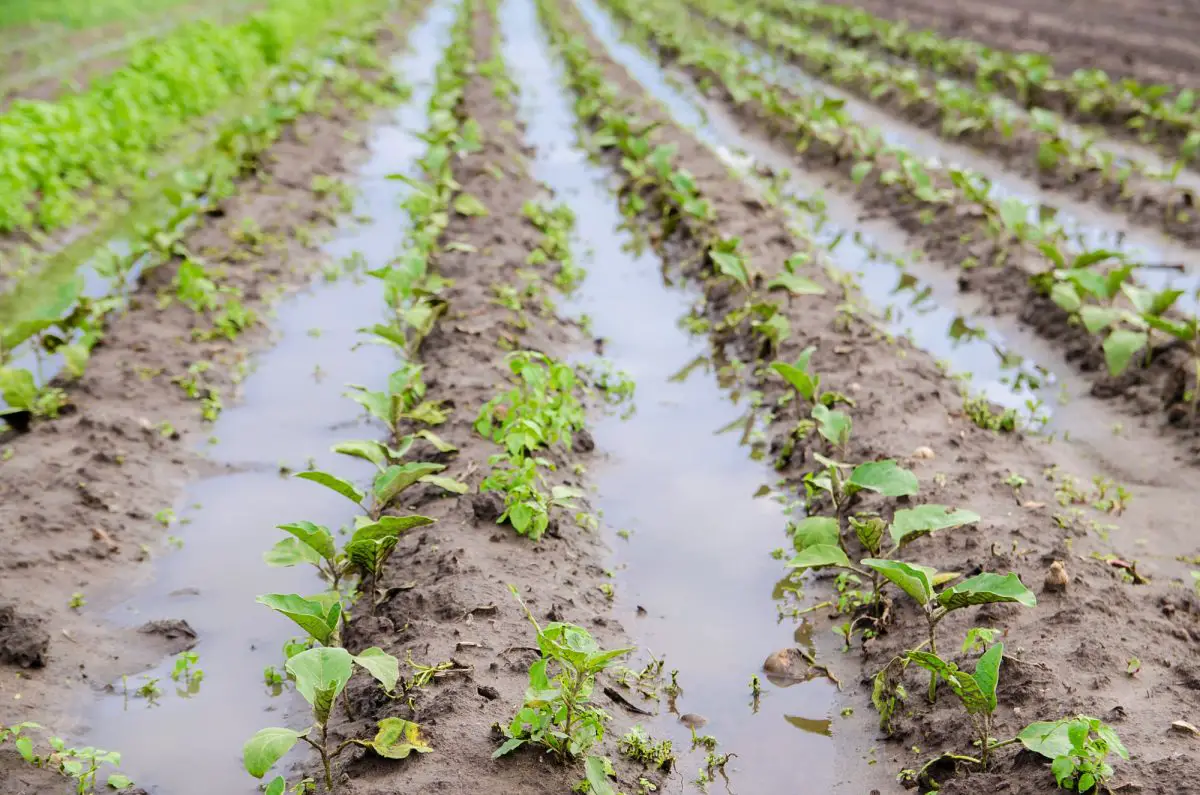
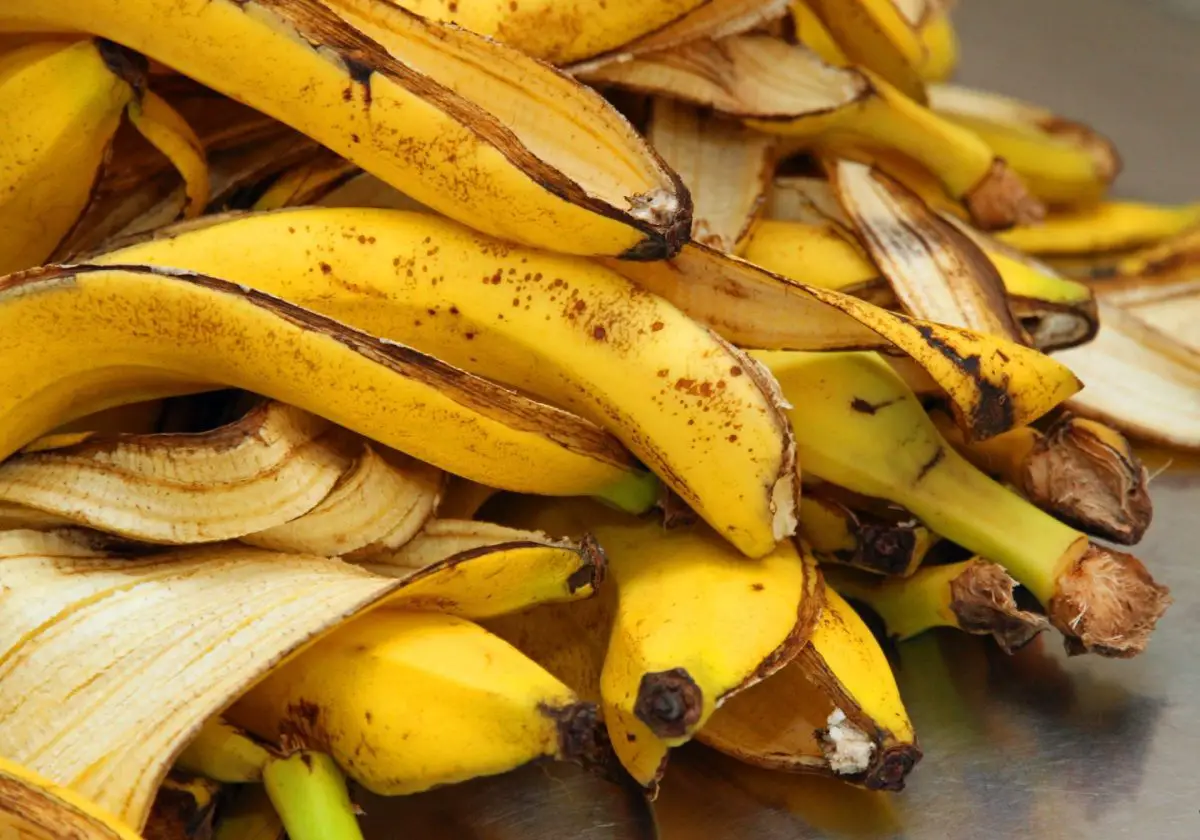
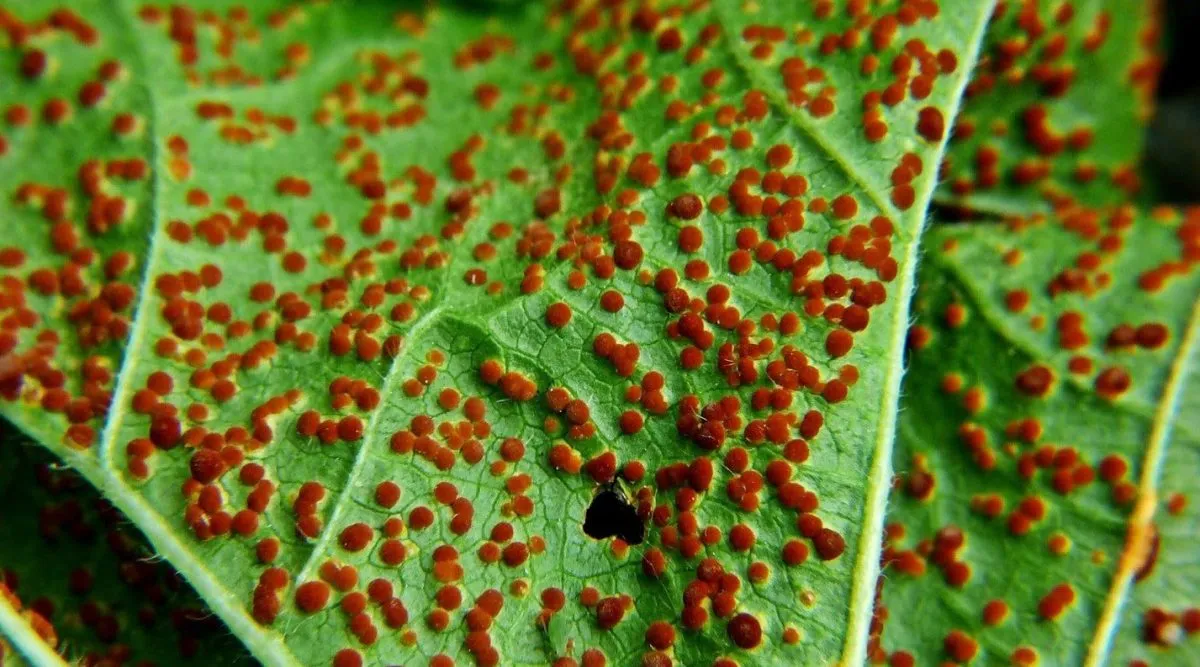
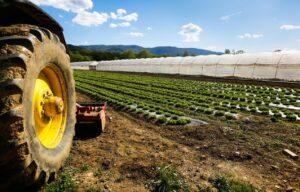
Start a new Thread